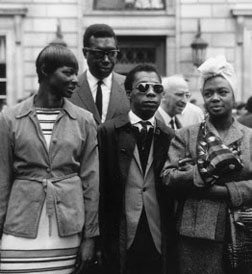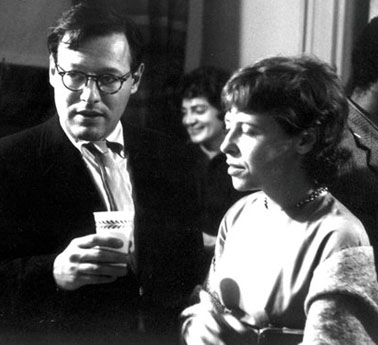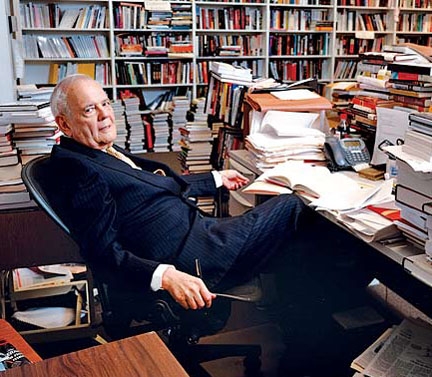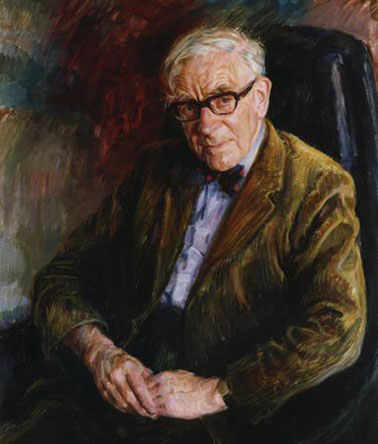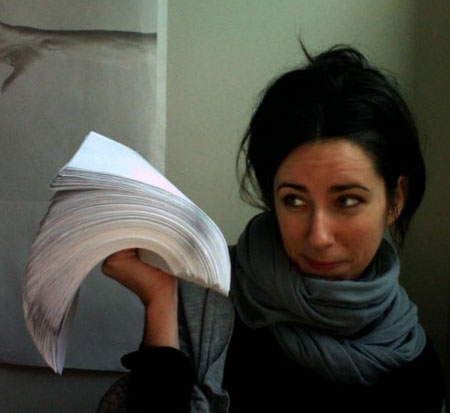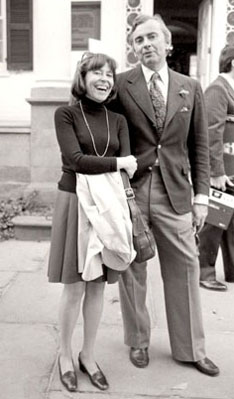50 years in Toronto reading the New York Review of Books ..
Aug 11th, 2013 | By L. Frank Bunting | Category: Entertainment TORONTO, ONTARIO STREETCAR SUBURBS, AUGUST 11, 2013. When I bought the Summer Issue of the New York Review of Books at my local magazine store several days ago, it came wrapped in a plastic bag, with a red and white seal on the outside saying “FREE 1963 premier issue reprint!.”
TORONTO, ONTARIO STREETCAR SUBURBS, AUGUST 11, 2013. When I bought the Summer Issue of the New York Review of Books at my local magazine store several days ago, it came wrapped in a plastic bag, with a red and white seal on the outside saying “FREE 1963 premier issue reprint!.”
Technically, the summer of 2013 is a bit late for the NYRB to be giving out free reprints of its first issue. The issue appeared more than 50 years ago now, under the date February 1, 1963. I should also confess that I was still in high school in Toronto on this date. I knew nothing about the inauguration of what Esquire magazine would later call “the premier literary-intellectual magazine in the English language.” Following the review’s own rigorous standards, “50 years in Toronto reading the New York Review of Books” is a mild exaggeration.
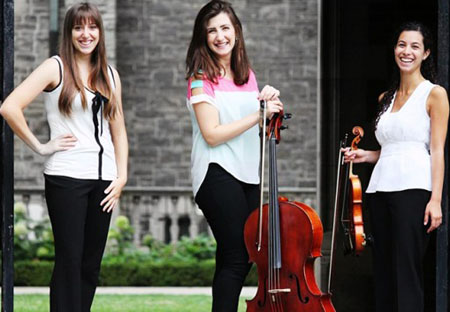 I first heard of the thing when the father of a friend pointed to an article on the Berkeley free speech movement, just before (or after) a concert in the auditorium at the University of Toronto Faculty of Music. Some light digging on the miraculous world wide web shows that Sheldon Wolin and John Schaar published “A Special Supplement: Berkeley and the Fate of the Multiversity” in the March 11, 1965 issue of the New York Review of Books. I am close to certain that this was the article I remember from the Faculty of Music concert.
I first heard of the thing when the father of a friend pointed to an article on the Berkeley free speech movement, just before (or after) a concert in the auditorium at the University of Toronto Faculty of Music. Some light digging on the miraculous world wide web shows that Sheldon Wolin and John Schaar published “A Special Supplement: Berkeley and the Fate of the Multiversity” in the March 11, 1965 issue of the New York Review of Books. I am close to certain that this was the article I remember from the Faculty of Music concert.
In any event I did buy and read a number of NYRB issues in the later 1960s. I remember showing one to my own father, who worked at an advertising agency. He was at best only mildly interested. (He at least pretended to care about almost anything his children claimed to be doing.) At one point he himself had quite a vast collection of old Holiday and Fortune magazines in the basement of one of our many houses. But that was different. Though my father would admit to many faults, being any kind of intellectual was not one of them.
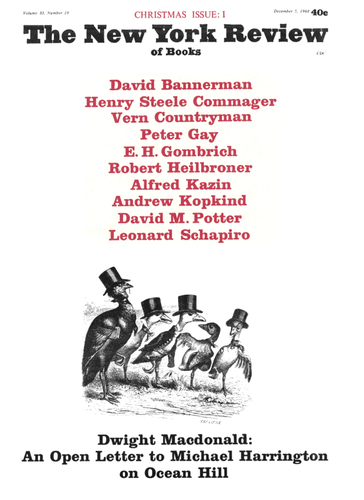 Through the vagaries of my early adult life, my earliest collection of NYRB issues vanished. My present collection, as a note at the top of a banker’s box in the basement explains,”begins in December 1968.” The first thing I notice as I fetch the December 5, 1968 issue from the box is its price – a slender 40¢, compared with a cover price of $7.95 for the August 15, 2013 issue that includes the “FREE 1963 premier issue reprint.” (Or the cover price of a single issue of the New York Review of Books today is almost 20 times more than 45 years ago.)
Through the vagaries of my early adult life, my earliest collection of NYRB issues vanished. My present collection, as a note at the top of a banker’s box in the basement explains,”begins in December 1968.” The first thing I notice as I fetch the December 5, 1968 issue from the box is its price – a slender 40¢, compared with a cover price of $7.95 for the August 15, 2013 issue that includes the “FREE 1963 premier issue reprint.” (Or the cover price of a single issue of the New York Review of Books today is almost 20 times more than 45 years ago.)
To make a longer story very short, looking at this December 5, 1968 issue also makes me especially happy to have a reprint of the very first issue on February 1, 1963.(Btw the price of this issue was a mere 25¢. Ie, the price of a single NYRB issue in 1968 was some 1.6 times more than in 1963. The big late 20th century inflation had already begun.)
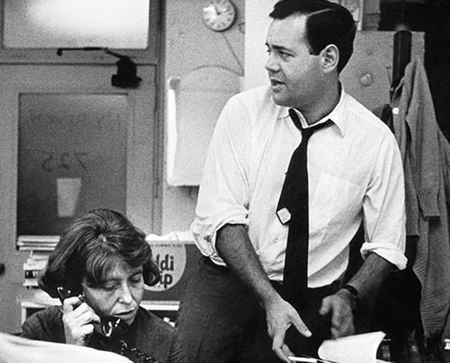
NYRB founding co-editors Barbara Epstein and Robert Silvers, in 1963. New York Review of Books/Gert Berliner.
Paging through the reprint of the first 1963 issue, and reading as much of it as I can quickly digest, offers a unique perspective on just how things have changed – and/or stayed the same – over the past 50 years. It probably says something about why the New York Review of Books still occupies the eminent place it does in the wider universe that it continues to offer its now more than 125,000 readers this kind of opportunity.
(And if you really do want to contemplate all this in still greater depth, click on “Read the rest of this page” and/or scroll below. If you are understandably leaving us now, let me just quickly add my own gratuitous and belated happy 50th birthday wishes to the premier literary-intellectual magazine in the English language.)
1. February 1, 1963
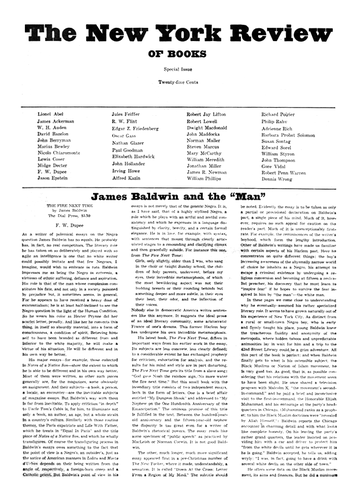 The characteristic New York Review of Books font makes an appearance in the premier issue. (Or at least it does in the 2013 reprint! I very much wish I had an original.) But while the layout has a certain elegance, it is somewhat different from the distinctive pattern that more or less endures from somewhat later in the 1960s to the present.
The characteristic New York Review of Books font makes an appearance in the premier issue. (Or at least it does in the 2013 reprint! I very much wish I had an original.) But while the layout has a certain elegance, it is somewhat different from the distinctive pattern that more or less endures from somewhat later in the 1960s to the present.
(One thing I appreciated when I started reading the magazine, eg, was the contributor biographies right next to the table of contents – for those of us who were not already familiar with just who the eminent contributors were. And the first issue does not include this innovation.)
The first issue nonetheless starts with a review of James Baldwin’s The Fire Next Time by F.W. Dupee, entitled “James Baldwin and the ‘Man’.” Mr. Dupee has some reservations about Mr. Baldwin’s intermittent tendency to replace “criticism with prophecy.” But in retrospect we know that this is just the early stages of a progressive “civil rights” movement that will finally elect the USA’s first black president, in our own lifetimes.
Putting a piece about James Baldwin at the start of its existence, 50 years ago, does seem to suggest that the founding editors of the New York Review of Books – “Robert B. Silvers and Barbara Epstein” – did have some grasp on just what the future had in store for America.
From here Dwight Macdonald’s not exactly admiring review of Arthur Schlesinger’s The Politics of Hope (cleverly entitled “To the Whitehouse”) reminds us that President John F. Kennedy was not assassinated until November 22, 1963.
Then we have a host of excellent pieces by eminent writers. To take just a few examples : Mary McCarthy on William Burroughs’s The Naked Lunch ; W.H. Auden on the (lesser?) poet David Jones ; a review of a book called The Exploration of Outer Space ; a review of Edward Albee’s play Who’s Afraid of Virginia Wolf? ; a review of J.D. Salinger’s latest work, which concludes with :”It is such things as these which render Seymour – and the Glasses – profoundly and increasingly uninteresting” ; a review of Simone Weil’s Selected Essays, by Susan Sontag ; a review of Dwight Macdonald’s Against the American Grain; a review of James MacGregor Burns’s The Deadlock of Democracy ; and a tribute from Robert Lowell to the New England poet, “Robert Frost : 1875—1963”!
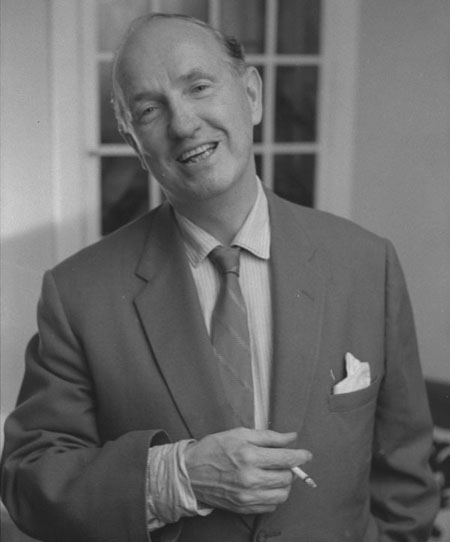
Toronto novelist Morley Callaghan, whose book That Summer in Paris was reviewed by Norman Mailer in the first issue of the New York Review of Books.
Finally, Peter Ustinov had not yet quipped that Toronto was “New York run by the Swiss.” And in 1963 New York’s Canadian disciple in Toronto was still only the second largest big city in all of Canada. (Montreal would remain the most populous Canadian metropolis until the mid-term census of 1976.)Â But Edmund Wilson had already just published his book, O Canada : An American’s Notes on Canadian Culture (most of which had originally appeared in the New Yorker). And he was full of friendly thoughts about “Toronto, a rapidly growing industrial city, of which it is customary to say that it is getting to be indistinguishable from our similar cities in the Middle West but which I felt to have its own rhythm and accent.”
Perhaps in recognition of Mr. Wilson’s progress, there were two modest bows to Toronto (of sorts at least) in the first (February 1, 1963) issue of the New York Review of Books. The first was “A Discussion in Toronto” by Paul Goodman (author of the runaway best-seller, Growing Up Absurd). The second was a review of the Toronto novelist Morley Callaghan’s memoir That Summer in Paris (full of thoughts about the boxing prowess of Papa Hemingway). Both items included some condescending remarks about my Canadian hometown and/or its native novelists. But what can I say? We are at least used to such things – and who knows : sometimes they may even be deserved.
2. Barbara Epstein and Robert Silvers … December 5, 1968 and August 15, 2013
The background to the NYRB’s inaugural issue was summarized in a 2006 Washington Post obituary for “Barbara Epstein, a founding editor of the New York Review of Books, a journal of ideas that has helped define intellectual discourse in the English-speaking world for the past four decades.” (Ms Epstein “died June 16 of lung cancer at her Manhattan apartment. She was 77.”)
The Post obituary went on : “With her co-editor, Robert Silvers, Ms. Epstein edited the biweekly Review since its founding in 1963 … The Review was born over a dinner table during a 114-day New York newspaper strike. With the New York Times Book Review shuttered, Ms. Epstein and her husband at the time, writer and publishing executive Jason Epstein, devised the idea with their neighbors, poet Robert Lowell and his wife, Elizabeth Hardwick … They hired Silvers as co-editor and brought out the first edition on Feb. 1, 1963.”
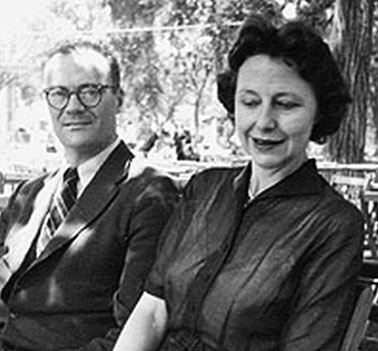
Elizabeth Hardwick and Robert Lowell, who helped get the NYRB started over dinner at Barbara and Jason Epstein’s apartment at 33 West 67th Street.
Meanwhile up in Toronto, at the edge of the Canadian wilderness, after my initial discovery of the thing in 1965 I became a subscriber for a number of years. In some private notes on the NYRB I made for the beginning of my banker’s box collection in 1980 I wrote : “I was one among the new kind of mass audience that it attracted.” The June 19, 2006 Washington Post obituary for Barbara Epstein noted that: “Detractors and admirers alike recognize the Review, with a circulation of 125,000, as a fortress of intellectual rectitude and an institution in its own right.”
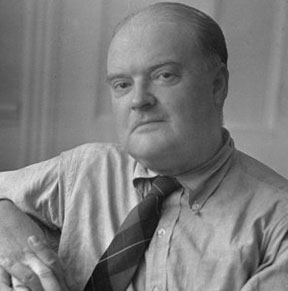
Edmund Wilson, 1951. “I think the person we all admired most, and who meant a lot to us, was Edmund Wilson,” NYRB co-founding editor Robert Silvers has said quite recently. Wilson was also an early contributor.
As with others, no doubt, my own enthusiasm over the past almost 50 years has ebbed and flowed. After a while I stopped subscribing, and just bought individual issues when they struck me as especially interesting. Then I became a subscriber again ; then I stopped and … etc. The publication has never been flawless. (“Tom Wolfe once called it ‘the chief theoretical organ of radical chic’.”) Some kind of commitment to progressive politics energized its earlier history. Then, as the Washington Post put it in 2006 : “After years in which the Review was criticized for its complacency by both the left and the right … it found a new urgency after the attacks of Sept. 11, 2001. Two years ago [ie in 2004], the Nation noted the ‘re-emergence of The New York Review of Books as a powerful and combative actor on the political scene.’”
In a too hasty stab at summarizing what has happened to the NYRB over the past several decades for myself, I have just laid my copy of the issue for December 5, 1968 right next to my copy for August 15, 2013, on my office floor. The 2013 issue is slightly smaller, more expensively produced, on better paper and with significant use of colour in the ads and in illustrations accompanying the text. It is also longer (88pp – compared to 52pp in December 5, 1968, though this may also have something to do with the “Summer Issue” of August 15, 2013).
The 1968 and 2013 tables of contents suggest rather different political and more general intellectual preoccupations as well. The issue for December 5, 1968 includes : Henry Steele Commager on the radical Washington journalist I.F. Stone ; E.H. Gombrich on Leonardo da Vinci ; Robert Heilbroner on recent books about Marx and economics ; Leonard Schapiro on Russian political thought ; Peter Gay on Jean-Jacques Rousseau ; and David Potter on Richard Hofstadter’s The Progressive Historians : Turner, Beard, Parrington. The issue for August 15, 2013 offers : James Bamford on the suspicious activities of the US National Security Administration ; Suketu Mehta on the Violent Favelas of Brazil ; Paul Volcker on The Fed & Big Banking at the Crossroads ; Timothy Garton Ash on The New German Question ; Alan Ryan on The Lives of Erich Fromm : Love’s Prophet (something of a glance back to the era between “the early 1950s and the early 19790s”) ; and Ahmed Rashid on The Chinese Question in Central Asia : Domestic Order, Social Change and the Chinese Factor.
3. The London Review of Books (and the Toronto Review of Books … and the Los Angeles Review of Books too)
From its early days the New York Review of Books has had something of a transatlantic slant. Three of the 10 contributors to the December 5, 1968 issue were based in London, not New York (or any other part of the USA). Two of my own favourite contributors in the earlier days, George Lichtheim and A.J.P. Taylor, were also based in the United Kingdom.
For better or worse, even thoughtful (and realistic) English people in the early 21st century will allow that sheer demographics make the United States and not the United Kingdom the contemporary global headquarters of the English language. (Also allowing that modern India, for demographic reasons again, may deserve at least some kind of honourable mention.)
A parallel achievement of the New York Review of Books is to have spawned its own analogue in the ancient homeland of the English language, known as the London Review of Books. This story is summarized with brevity and wit on the current LRB website : “The London Review of Books was founded in 1979, during the year-long lock-out at the Times. For the first six months, it appeared marsupially in the New York Review of Books. In May 1980, the London Review of Books jumped out of the parental pouch and became a fully independent literary paper.”
Much more recently, a Toronto Review of Books has sprung into life in my own home and native city. It appears to have been independent from the start. Or, as its website explains : “Founded in September 2011, The Toronto Review of Books publishes four issues of essays and poetry a year, as well as a daily-ish blog, Chirograph, and a weekly-ish podcast of public talks. We cover print, Internet, e-books, street corners, festivals, songs, thoughts, Toronto, and other artworks. Books and Toronto are our inspiration and home base, but we publish writing on all sorts of things from all sorts of places. The TRB aims to be an open platform for ideas and is always looking to collaborate–so be in touch.” (Oh and btw, a Los Angeles Review of Books apparently started up in 2011 too, at the edge of the vast Pacific Ocean and its wider English language communities.)
4. 33 West 67th Street (and John Coltrane’s Central Park West in New York City)
 A mailing address appears in at least two places in the premier February 1, 1963 issue of the New York Review of Books. Somewhat hastily tracking this address down through the good offices of the world wide web has shed some final light for me on the real world that gave birth to and has since sustained this illustrious publication.
A mailing address appears in at least two places in the premier February 1, 1963 issue of the New York Review of Books. Somewhat hastily tracking this address down through the good offices of the world wide web has shed some final light for me on the real world that gave birth to and has since sustained this illustrious publication.
The address is 33 West 67th Street, New York City (or NY, NY). When you look this up on Google Maps you find it is about half a block west of Central Park (and the street called Central Park West), some seven blocks north of Columbus Circle.
This is the elegant and wistful Upper West Side of Manhattan, given musical expression in John Coltrane’s plaintive tune of 1960, “Central Park West.” And it is probably worth noting that if you plan to live here, you’d better come equipped with quite a lot of money.
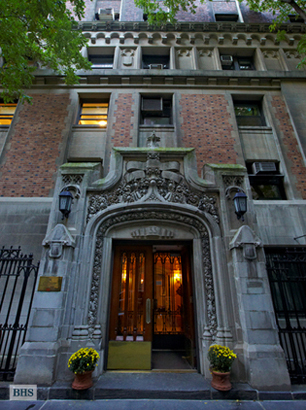 As best as I can make out from the web, 33 West 67th Street is a building known as The Atelier, allegedly built as some kind of artists’ residence in 1903, and currently boasting 34 co-op apartments on 14 floors. One of these apartments, 2FE, with “3 Beds, 2 Baths, 1 Half Bath” on two floors, is currently offered for sale on the web for a price of $3,800,000, with “Monthly Maintenance/CC: $4,104.” For this kind of money, of course, you do get more than the average apartment : “This grand and dramatic home has large-scale proportions, including 18′ ceilings, a wood-burning fireplace, and double-height windows that allow beautiful northern light to flood the room. The formal dining room is perfect for entertaining large groups of friends.”
As best as I can make out from the web, 33 West 67th Street is a building known as The Atelier, allegedly built as some kind of artists’ residence in 1903, and currently boasting 34 co-op apartments on 14 floors. One of these apartments, 2FE, with “3 Beds, 2 Baths, 1 Half Bath” on two floors, is currently offered for sale on the web for a price of $3,800,000, with “Monthly Maintenance/CC: $4,104.” For this kind of money, of course, you do get more than the average apartment : “This grand and dramatic home has large-scale proportions, including 18′ ceilings, a wood-burning fireplace, and double-height windows that allow beautiful northern light to flood the room. The formal dining room is perfect for entertaining large groups of friends.”
To completely wrap things up here, a number of years ago (in 2007 in fact – the year after NYRB co-founder Barbara Epstein died of lung cancer at her Manhattan apartment, at the age of 77) the Gawker website posted an intriguing item called “Behind The Scenes: 33 West 67th Street.” This explained : “You know how they always say people in New York get things for cheap if they have the right name? The NYT Real Estate section proudly boasts of a long-in-the-making bohemian transaction at 33 W. 67th street–Claude Ruiz-Picasso, son of guess-who, shelled out 3.25 million for a 4BR, 1.5 bath co-op in a Lincoln Square “artist” building … It also notes Ruiz-Picasso will be living above Tommy Brokaw, who bought a 3rd floor apartment from the estate of Barbara Epstein for $3,267,650.”
Note also that “Barbara Zimmerman Epstein was born in Boston on Aug. 30, 1928, and graduated from Radcliffe College” – the former women’s division of Harvard University.) So … if you want to seriously assist in the establishment of a publication like the New York Review of Books, it helps if you can afford to live on the Upper West Side of Manhattan, and use your residence as a business address when you are just starting up. (It also helps, no doubt, if you have friends like Gore Vidal.)
